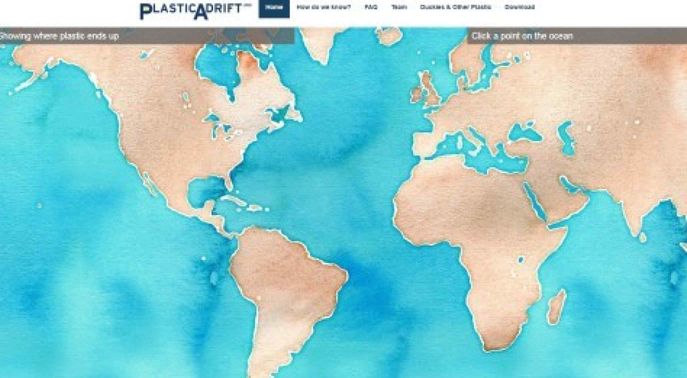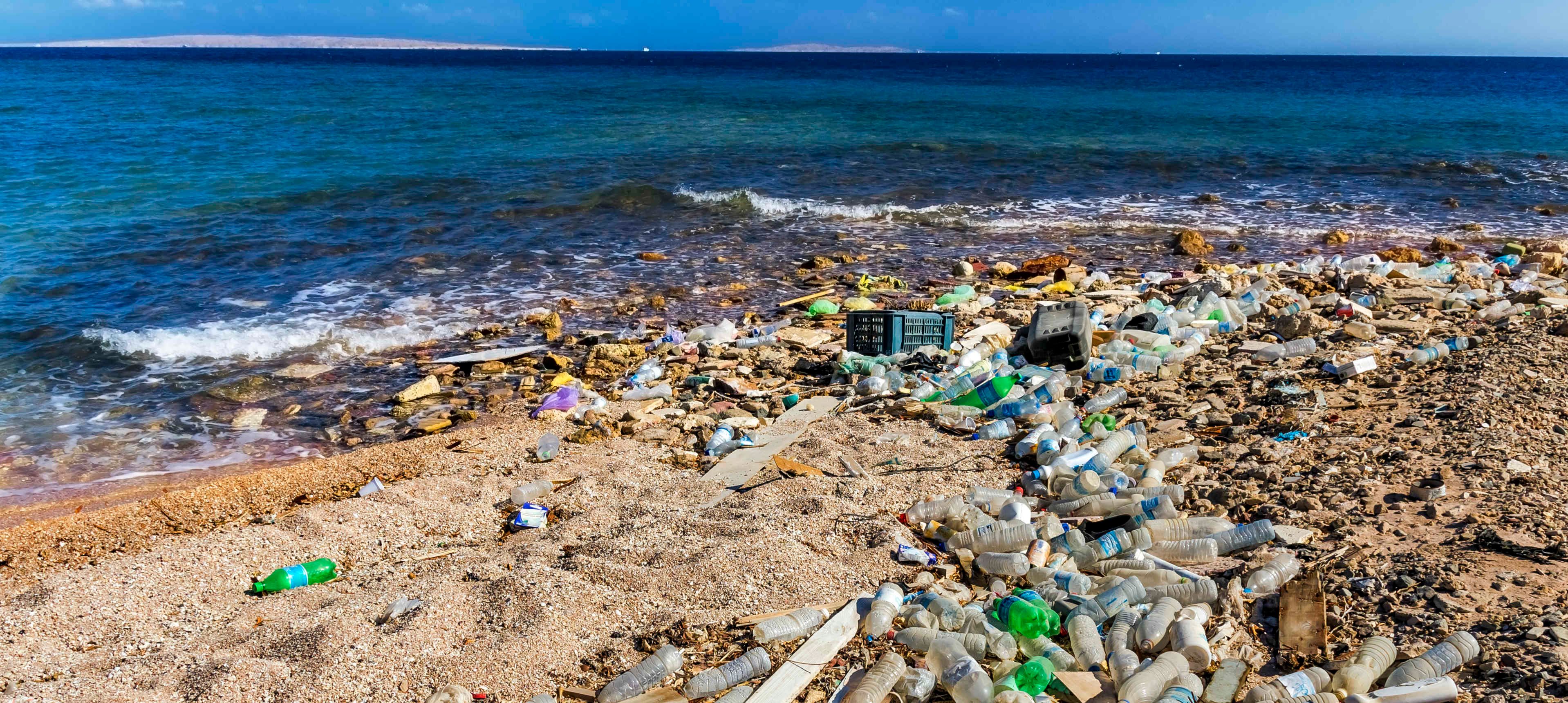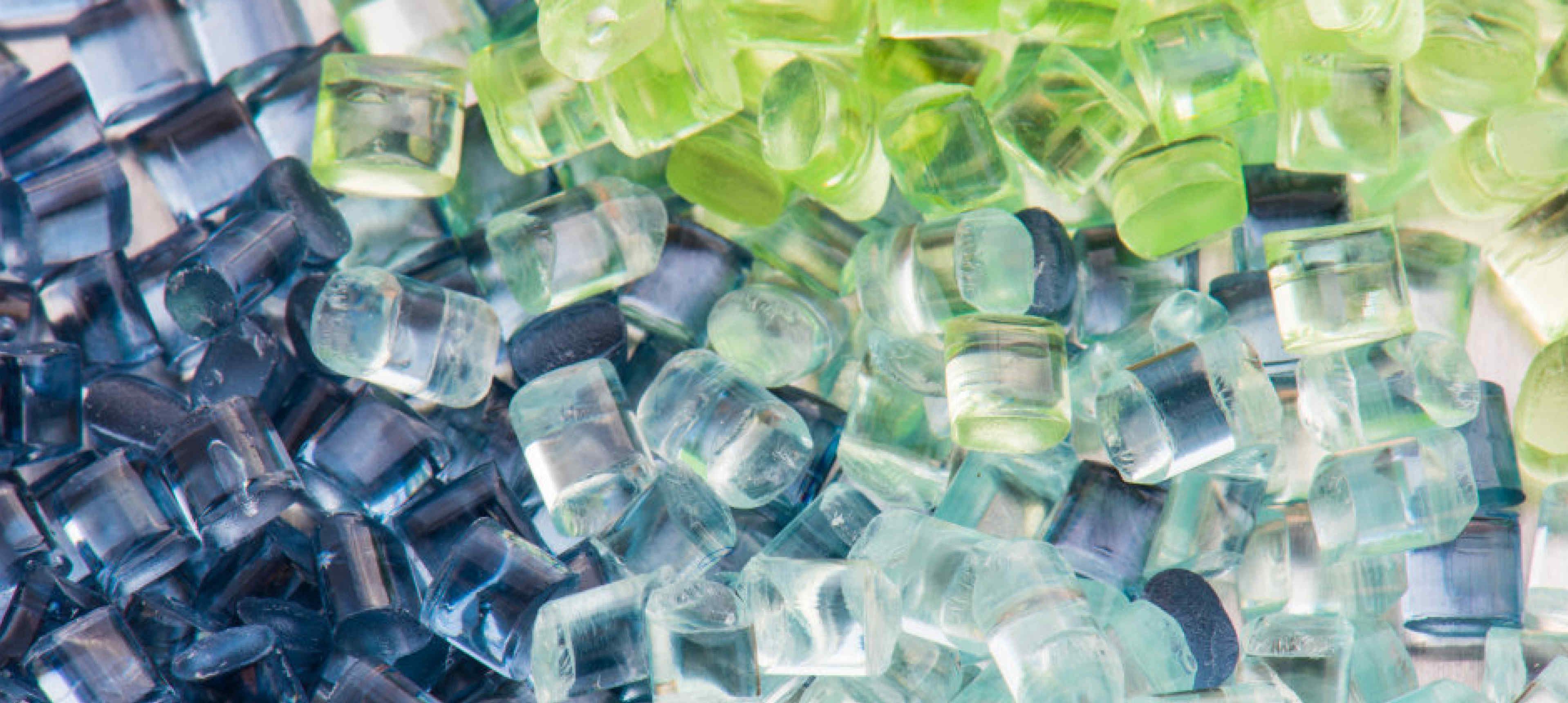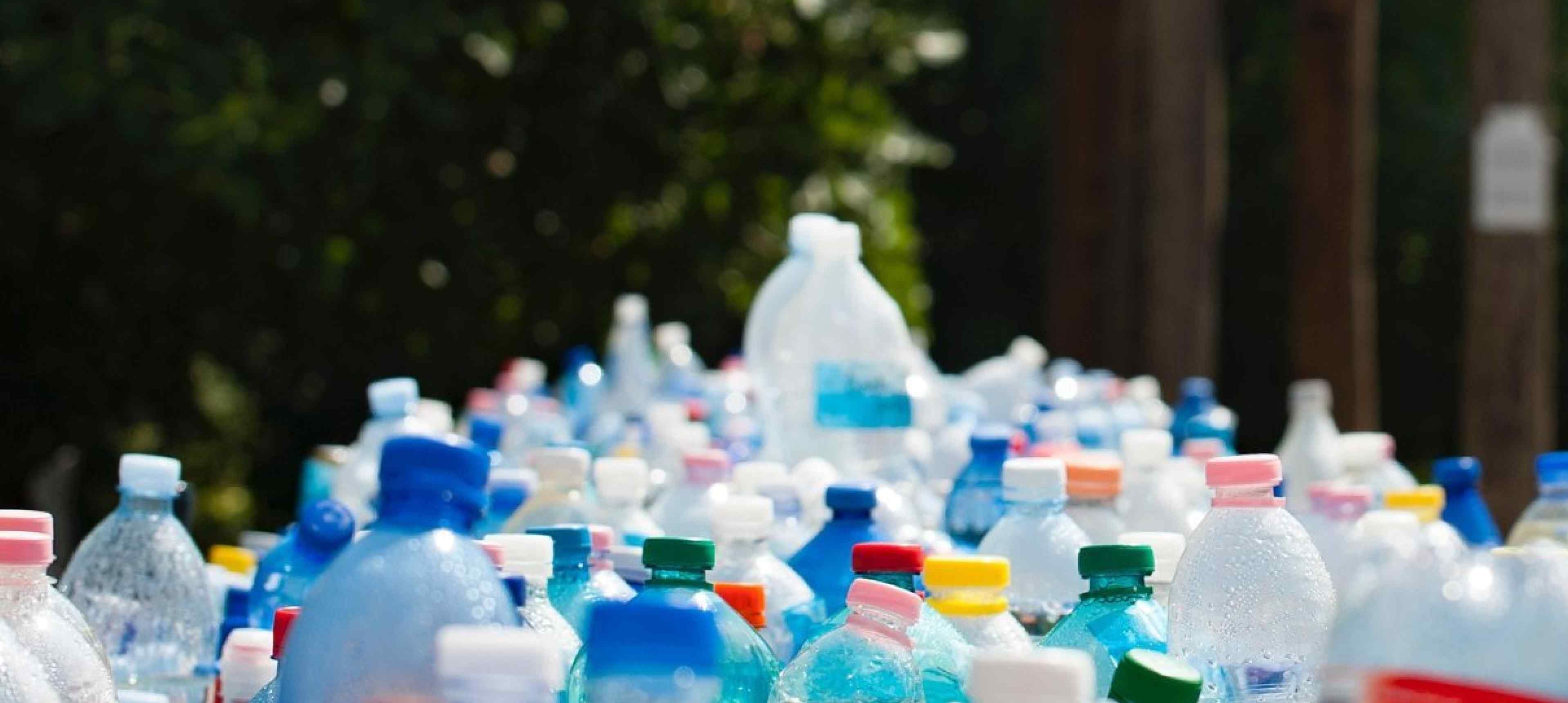Plastic pollution in the ocean
Plastics are a major source of global marine pollution. Large pieces can entangle marine animals, while tiny pieces – broken down by the action of water and the sun – cause harm by entering the marine food chain. Furthermore, once plastic particles reach the marine environment, wind and global ocean currents spread them around the world. As a result, plastics are dispersed across all oceans, and can be found in remote locations such as the Arctic, Southern Ocean and deep oceans.
Ocean plastic pollution is an alarming issue due to its persistence, complexity, steady growth and the pervasive impacts it has on all aspects of ecosystems. Here at the Grantham Institute, we study the sources, impact and solutions to plastic in the ocean, drawing on our world-renowned expertise in engineering, physics and chemistry.
Highlights

Prince Albert: ‘Blue economy’ must be a priority
His Serene Highness Prince Albert II of Monaco highlighted the challenges and opportunities for preserving the ocean at the 2018 Grantham Annual Lecture. "To protect the ocean we need not just words and regulations but the goodwill and energies of all, pooling together all resources at our disposal," he said. Read more and watch a recording of the lecture

Data visualisation: Plastic Adrift
Our oceans make up 70 per cent of the Earth's surface and are in constant motion. Driven by the sun and the wind our oceans develop mighty currents and eddies, some of which can take centuries to loop through all of our planet's ocean basins. So where does plastic end up years after entering the ocean? Drop some virtual plastic into the ocean to watch its journey.
Academic publications
Academic publications
- Brach, Deixonne, Bernard, Durand, Desjean, Perez, Van Sebille and Ter Halle (2018) Anticyclonic eddies increase accumulation of microplastic in the North Atlantic subtropical gyre Marine Pollution Bulletin, 126, 191-196
- Goddijn-Murphy, Peters, Van Sebille, James, and Gibb (2018) Concept for a hyperspectral remote sensing algorithm for floating marine macro plastics Marine Pollution Bulletin, 126, 255-262
- Koelmans, Kooi, Law and Van Sebille (2017) All is not lost: Deriving a top-down mass budget of plastic at sea Environmental Research Letters, 12, 114028
- Axelsson and Van Sebille (2017) Prevention through policy: Urban macroplastic leakages to the marine environment during extreme rainfall events Marine Pollution Bulletin, 124, 211-227
- Cózar, Martí, Duarte, García-de-Lomas, Van Sebille, Ballatore, Eguíluz, González-Gordillo, Pedrotti, Echevarría, Troublè, Irigoien (2017) The Arctic Ocean as a dead end for floating plastics in the North Atlantic branch of the Thermohaline Circulation Science Advances, 3, e1600582
- Hardesty, Harari, Isobe, Lebreton, Maximenko, Potemra, Van Sebille, Vethaak, and Wilcox (2017) Using numerical model simulations to improve the understanding of microplastic distribution and pathways in the marine environment Frontiers in Marine Science, 4, 30
- Peter Sherman and Erik van Sebille (2016) Modeling marine surface microplastic transport to assess optimal removal locations Environ. Res. Lett. 11 014006
- Chris Wilcox, Erik Van Sebille, and Britta Denise Hardestyis (2015) Threat of plastic pollution to seabirds is global, pervasive, and increasing, Processedings of the National Academy of Sciences vol. 112 no. 38, 11899-1190
- Erik van Sebille et al (2015) A global inventory of small floating plastic debris, Environmental Research Letters, Volume 10, Number 12
- Qamar A. Schuyler et al (2015) Risk analysis reveals global hotspots for marine debris ingestion by sea turtles, Risk analysis reveals global hotspots for marine debris ingestion by sea turtles. Glob Change Biol, 22: 567–576





